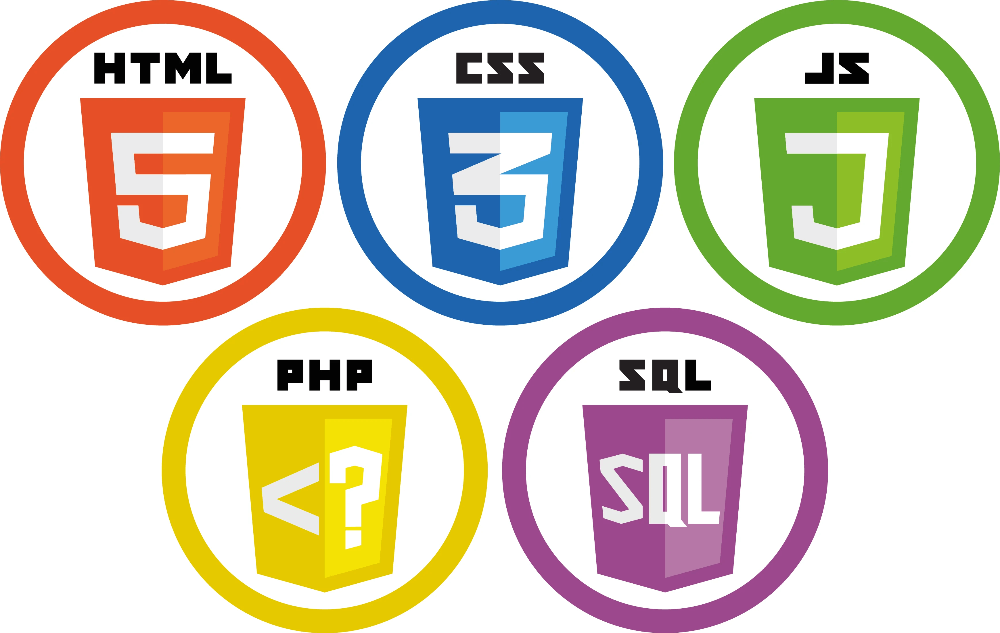Bootstrap is a popular front-end web development framework that is used to build responsive and mobile-first websites and web applications. It was developed by Twitter and is now maintained by the Bootstrap community.
Bootstrap provides a set of CSS, JavaScript, and HTML templates and components that make it easy to create responsive and visually appealing web pages. It includes a grid system for layout, CSS styles for typography, forms, buttons, and other UI elements, as well as JavaScript plugins for things like carousels, modals, and popovers.
One of the key features of Bootstrap is its responsiveness. This means that websites built with Bootstrap automatically adjust to different screen sizes and device types, making them accessible and easy to use on desktops, laptops, tablets, and smartphones.
Bootstrap is open-source and freely available, making it a popular choice for developers who want to create high-quality web applications quickly and efficiently.

To use Bootstrap, you can follow these general steps:
1. Download or link to the Bootstrap CSS and JavaScript files in your project.
You can download Bootstrap directly from their website or use a content delivery network (CDN) to link to the files. You will need to include the Bootstrap CSS file and any required JavaScript files in your HTML document.
2. Add Bootstrap classes to your HTML elements.
Bootstrap provides a set of classes that you can add to your HTML elements to apply styles and functionality. For example, you can use the “container” class to create a container element with a fixed width, or the “btn” class to create a button with a default style.
3. Use Bootstrap components to add pre-built UI elements.
Bootstrap includes a number of pre-built UI components that you can use in your web pages, such as forms, navbars, modals, and carousels. You can use these components by adding the appropriate HTML markup and classes to your document.
4. Customize Bootstrap using CSS.
You can customize Bootstrap to match your design requirements by overriding the default styles using your own CSS. You can do this by creating a separate CSS file and linking to it after the Bootstrap files, or by adding styles directly to your HTML document.
Overall, using Bootstrap can help you save time and effort in developing responsive and visually appealing web pages, while still allowing you to customize the look and feel of your site as needed.
Bootstrap Pros and Cons
Bootstrap is a popular front-end web development framework that provides a set of tools and resources for building responsive and mobile-first websites. Here are some of the pros and cons of using Bootstrap:
Pros:
1. Rapid Development: Bootstrap offers a wide range of pre-designed components, such as buttons, forms, and navigation menus, which can be easily customized and integrated into your website. This can significantly speed up the development process.
2. Consistency: Bootstrap provides a consistent look and feel across all browsers and devices, ensuring that your website looks the same regardless of the platform or screen size.
3. Responsiveness: Bootstrap is designed to be responsive, which means that it can adapt to different screen sizes and resolutions. This is important in today’s world where users access websites from a variety of devices, including smartphones and tablets.
4. Cross-browser compatibility: Bootstrap has been extensively tested across all major browsers and is designed to work seamlessly on all of them.
5. Active community: Bootstrap has a large and active community of developers who contribute to the framework by creating new components and providing support for others.
Cons:
1. Generic look: Since Bootstrap is widely used, many websites built with the framework can end up looking similar, lacking a unique design.
2. Bloated code: Bootstrap’s extensive range of features and components can result in bloated code, which can slow down your website’s loading times.
3. Steep learning curve: While Bootstrap is easy to use for basic tasks, mastering the framework and customizing its components requires a significant investment of time and effort.
4. Limited flexibility: Bootstrap’s design patterns and components may not always be suitable for all website designs, and customizing them can be difficult and time-consuming.
5. Accessibility: While Bootstrap does offer some accessibility features, such as ARIA labels, there are still some aspects of the framework that may require additional work to ensure compliance with accessibility guidelines.
